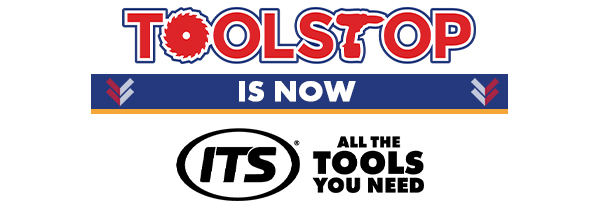Belt Sanders
Belt sanders are a go-to tool for heavy-duty sanding, offering quick material removal on large surfaces. Ideal for wood, metal, and paint, they deliver powerful performance with adjustable speeds. Perfect for professionals and DIYers tackling tough sanding tasks.
Who Uses Belt Sanders?
Belt sanders are versatile tools used across industries for their ability to handle demanding tasks with ease. Here’s a breakdown of common users:
- Carpenters – Essential for preparing wood surfaces, shaping materials, and smoothing large planks or beams.
- Metalworkers – Used for removing rust, cleaning weld seams, and creating smooth finishes on metal projects.
- DIY Enthusiasts – Great for home improvement projects like furniture restoration, floor sanding, and paint removal.
- Builders – A critical tool for preparing construction materials and ensuring smooth finishes on-site.
Belt Sanders Are Great for Jobs Such As:
- Floor sanding – Achieve smooth, even surfaces when refinishing wooden floors.
- Furniture restoration – Remove old finishes and imperfections for a flawless base.
- Paint and varnish removal – Strip away layers quickly and efficiently for a clean surface.
- Metal finishing – Smooth rough edges and clean welds for polished results.
- Large-scale shaping – Ideal for fast removal of material on large wooden or metal surfaces.
How to Choose the Best Belt Sander
Choosing the right belt sander involves understanding your project requirements and the tool's capabilities. Whether you're a professional carpenter or a DIY enthusiast, here are the key specifications to consider to ensure the best performance and results:
1. Motor Power
Higher Motor Power: Ideal for demanding tasks like removing paint or sanding hardwood. A powerful motor ensures consistent performance on tough materials.
Lower Motor Power: Suitable for lighter tasks such as smoothing softwood or finishing surfaces.
2. Belt Size
Wider Belts: Cover more surface area quickly, making them perfect for large projects like flooring or tabletops.
Narrower Belts: Provide greater precision and control for detailed tasks or smaller surfaces.
3. Speed Control
Variable Speed: Offers flexibility for different tasks, allowing you to slow down for delicate materials or speed up for aggressive sanding.
Fixed Speed: Simpler operation, suitable for straightforward tasks that require consistent performance.
4. Dust Collection
A belt sander with a built-in dust collection system or compatibility with external vacuums keeps your workspace cleaner and improves visibility during sanding.
5. Weight and Ergonomics
Lightweight belt sanders are easier to maneuver, especially for overhead or vertical work. Look for ergonomic handles to reduce fatigue during prolonged use.
6. Material Compatibility
Ensure the belt sander is suitable for the materials you work with most often, whether wood, metal, or plastic. Compatibility with a variety of sanding belts adds versatility.
How to Choose the Best Belt Sander
Selecting the right belt sander can make all the difference in achieving a smooth, professional finish. Whether you're tackling large surfaces or detailed edges, consider these key features to ensure your tool meets your project's needs:
6. Material Compatibility
Ensure the belt sander can handle your primary materials—whether wood, metal, or plastic. Some models are optimized for specific tasks like carpentry or metal polishing.
Frequently Asked Questions
What is a belt sander used for?
A belt sander is used for smoothing, shaping, and leveling surfaces such as wood, metal, and plastic. It's ideal for removing paint, sanding large flat areas, or preparing surfaces for finishing.
What grit sandpaper should I use with a belt sander?
The grit of sandpaper depends on the task. Coarse grit (40-60) is best for heavy material removal, medium grit (80-120) for smoothing surfaces, and fine grit (150-220) for finishing touches.
Can a belt sander be used on metal?
Yes, a belt sander can be used on metal surfaces for tasks like deburring, rust removal, or smoothing welds. Ensure you use sandpaper specifically designed for metal to avoid rapid wear.
How do I maintain my belt sander?
Regular maintenance includes cleaning dust and debris, inspecting and replacing worn belts, and lubricating moving parts. Proper maintenance ensures longevity and optimal performance.
What safety precautions should I take when using a belt sander?
Always wear safety goggles and a dust mask. Secure your material to prevent movement, and avoid loose clothing or jewelry that could get caught in the sander. Use both hands for stability and control.



